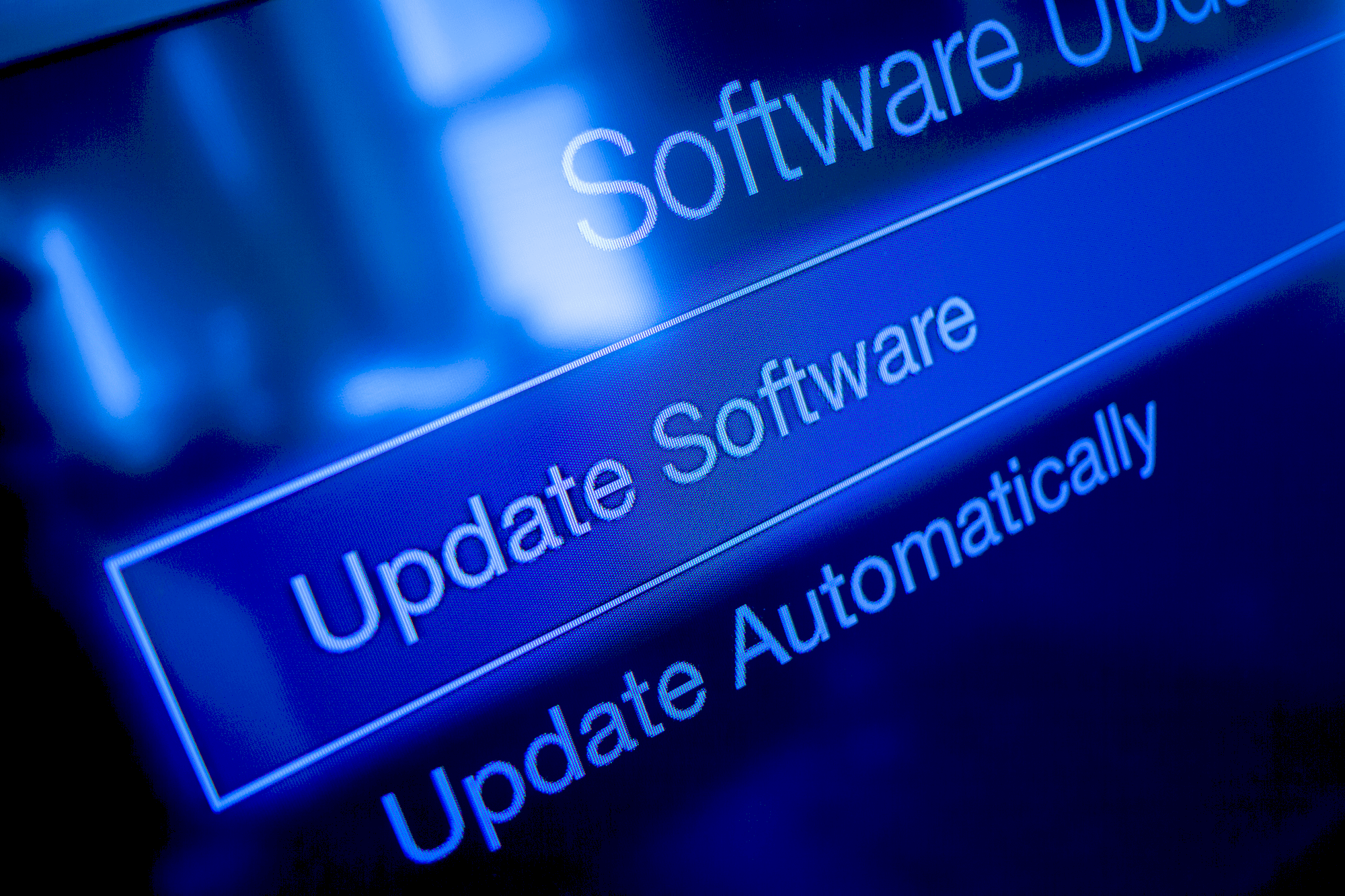Understanding Security Patches: What Are They?
Security patches are crucial components in the realm of software management. They are essentially updates designed to fix vulnerabilities within software, ensuring that systems remain secure against potential threats. The importance of security patches cannot be overstated, as they address flaws that could be exploited by cybercriminals. By applying these patches, users protect their systems from malware, data breaches, and other security incidents.
When a software vendor discovers a vulnerability, they typically develop a security patch to rectify the issue. This process is akin to repairing a leak in a dam; if left unaddressed, the leak can lead to catastrophic failure. Regularly updating software with security patches is akin to maintaining a healthy lifestyle—neglecting it can lead to serious health risks.
Incorporating security patches into routine software updates helps maintain the integrity of systems, ensuring users can safely enjoy the functionalities of their software without fear of external threats. Users should prioritize applying security patches as soon as they become available to safeguard their systems effectively.
The History of Major Software Releases: A Walk Down Memory Lane
The evolution of major software releases reflects the rapid advancements in technology and user needs. Initially, software updates were sporadic and often focused on minor bug fixes. However, as the digital landscape grew, so did the complexity of software systems. The introduction of significant updates, often referred to as “major releases,” marked a turning point.
In the early days of software, updates were rare, with companies releasing new versions infrequently. This practice changed dramatically with the rise of the internet, allowing for easier distribution of updates. Major releases began to incorporate new features, performance improvements, and enhanced security measures, responding to user feedback and technological advancements.
For example, the transition from Windows 7 to Windows 10 showcased a significant leap in user experience, with an emphasis on security and usability. Today, software releases are more frequent, with companies adopting agile methodologies to respond quickly to user needs and emerging threats. This shift has made it essential for users to stay informed about updates, ensuring they benefit from the latest features and security patches.
New Features Spotlight: What’s New in the Latest Update?
Each software update often comes packed with exciting new features designed to enhance user experience and functionality. Understanding what’s new in the latest software update can help users maximize their tools and improve productivity. Software developers frequently introduce innovations that can streamline tasks, enhance security, or provide new capabilities.
For instance, recent updates in productivity software have introduced features like AI-powered tools that assist in data analysis or new collaborative functionalities that allow teams to work together seamlessly, regardless of their physical location. These advancements not only improve efficiency but also ensure that users have access to the latest technologies.
Moreover, new software features often address user feedback, demonstrating the importance of user input in the development process. Keeping abreast of these updates allows users to leverage new functionalities that can significantly enhance their workflows and overall experience.
Installation Guidance: How to Safely Update Your Software
Security patches are essential for maintaining software integrity, and knowing how to install updates safely is crucial. Following best practices can help you avoid potential pitfalls during the update process. Here are some key steps to consider:
- Backup Your Data: Always create a backup of your important files before initiating any software update. This ensures that in case something goes wrong, you won’t lose valuable information.
- Read the Release Notes: Before installing updates, review the release notes provided by the software vendor. These notes often contain important information about new features, improvements, and any known issues.
- Ensure Compatibility: Check if the update is compatible with your operating system and other software. Incompatibility can lead to performance issues or crashes.
- Use Official Sources: Always download updates from official websites or trusted sources. Avoid third-party sites that might offer unverified versions of the software.
- Close Other Applications: Before starting the update, close all other applications. This helps to avoid conflicts and ensures a smoother installation process.
- Follow On-Screen Instructions: Carefully follow the installation prompts. Missteps during this process can cause errors or incomplete installations.
- Restart Your System: After installation, restart your computer to ensure that the updates take effect properly.
By adhering to these best practices, users can install software updates with confidence, minimizing the risk of encountering problems.
The Risks of Ignoring Updates: What Could Happen?
Ignoring security patches can have serious consequences. The risks associated with neglecting software updates are significant and can lead to various security breaches. Here’s a breakdown of potential dangers:
- Increased Vulnerability: Outdated software is more susceptible to attacks. Cybercriminals often exploit known vulnerabilities, and by ignoring updates, you leave your system open to exploitation.
- Data Breaches: Without timely security patches, sensitive information can be compromised. This can result in data theft, financial loss, and damage to your reputation.
- Malware Infections: Neglecting updates can lead to malware infections, which can severely disrupt system operations and compromise data integrity.
- Compliance Issues: For businesses, failing to apply security patches can result in non-compliance with industry regulations, leading to legal ramifications and financial penalties.
- Decreased Performance: Outdated software may not perform optimally, leading to slower response times and increased crashes.
These risks highlight the importance of regularly updating software and applying security patches promptly to maintain a secure and efficient computing environment.
User Experience: How Do Updates Affect Usability?
Software updates can significantly influence user experience. Understanding how these updates impact usability is essential for maximizing the benefits of new features and improvements. Here are some ways updates can affect user experience:
- Enhanced Features: New updates often include features that improve usability, making software more intuitive and user-friendly. For example, interface redesigns can simplify navigation.
- Performance Improvements: Updates may optimize performance, resulting in faster load times and smoother operations. Users can enjoy a more responsive experience as a result.
- Bug Fixes: Many updates address bugs or glitches that can hinder usability. By resolving these issues, updates can lead to a more stable and reliable software experience.
- Learning Curve: While updates can introduce improvements, they may also require users to adapt to new functionalities. This learning curve can temporarily hinder usability until users become familiar with the changes.
- User Feedback Integration: Updates often stem from user feedback. When companies listen to their users, they can create software that better meets their needs, ultimately enhancing the overall experience.
Ultimately, while software updates can present challenges, their benefits often outweigh the drawbacks, leading to a more enjoyable and productive user experience.
Case Studies: Companies That Got It Right
Many companies have successfully implemented software updates and security patches, setting examples for others to follow. For instance, Microsoft has consistently prioritized security through regular updates, making it a leader in software safety. The introduction of Windows Update allowed users to receive timely security patches, effectively minimizing vulnerabilities. This proactive approach not only protected users but also maintained trust in their products.
Another notable example is Apple, which has integrated security patches into its ecosystem seamlessly. With each iOS update, Apple addresses security vulnerabilities while introducing new features, ensuring users benefit from enhanced functionality without sacrificing safety. Their focus on user experience while implementing updates has made them a trusted brand.
Moreover, Google’s Android operating system demonstrates the importance of timely updates. The company frequently releases security patches that protect millions of users worldwide. Their strategy of collaborating with device manufacturers to ensure timely updates is a critical lesson in maintaining software security.
These examples illustrate that successful software updates are not merely about rolling out new features but also about safeguarding users against potential threats. Companies that prioritize security patches and communicate effectively with users create a secure environment and foster customer loyalty.
The Role of User Feedback: How Important Is It?
User feedback plays a vital role in shaping software updates and security patches. Listening to users allows companies to identify pain points and areas for improvement, ultimately leading to better software products. For instance, many software vendors use feedback to prioritize security vulnerabilities that need immediate attention, ensuring that critical patches are developed and released promptly.
Furthermore, user feedback can drive innovation. When users express a desire for certain features or improvements, developers can respond by incorporating these suggestions into future updates. This user-centric approach not only enhances the software’s functionality but also builds a stronger relationship between the company and its users.
Surveys, user reviews, and beta testing are effective methods for collecting feedback. Companies can use this data to analyze trends and understand user behavior. By integrating feedback into their development cycles, businesses can create software that not only meets security standards but also exceeds user expectations.
In summary, user feedback is essential for improving software updates and security patches. It helps companies stay relevant, responsive, and secure, ultimately leading to a better user experience and satisfaction.
Future Trends in Software Updates: What Should We Expect?
The landscape of software updates is continually evolving. Several trends are emerging that will shape the future of how updates are delivered and implemented. One significant trend is the increasing reliance on automation in deploying security patches. Automated systems can quickly identify vulnerabilities and apply necessary updates without user intervention, significantly reducing the risk of exploitation.
Another trend is the integration of artificial intelligence (AI) in monitoring software performance and security. AI can analyze vast amounts of data to predict potential vulnerabilities, allowing developers to address issues before they become critical. This proactive approach will lead to more secure software environments.
Moreover, the rise of cloud computing has changed how updates are managed. With software-as-a-service (SaaS) models, updates can be rolled out instantly to all users, ensuring that everyone benefits from the latest security measures without delay. This shift enhances security while providing users with the latest features seamlessly.
Finally, user education will become increasingly important. As software updates evolve, educating users about the importance of applying updates and understanding new features will help them utilize their software more effectively and securely. Companies that invest in user education will likely see greater compliance with update protocols.
In conclusion, the future of software updates is bright, with automation, AI, cloud computing, and user education leading the way. Staying ahead of these trends will be crucial for businesses aiming to maintain software security and user satisfaction.
Best Practices for Businesses: How Can Companies Stay Secure?
To ensure software security, businesses must adopt best practices for implementing updates and security patches. Here are several strategies that can help organizations stay secure:
- Establish a Regular Update Schedule: Companies should create a routine for applying updates, ensuring that security patches are installed promptly. Regular updates help protect against vulnerabilities and keep systems running smoothly.
- Implement a Robust Backup System: Regular backups ensure that data is safe in case of a security breach or failed update. This practice minimizes data loss and allows for quick recovery.
- Educate Employees: Training staff on the importance of security updates and how to install them can significantly reduce the risk of security breaches. Employees should understand the role they play in maintaining software security.
- Use a Centralized Management System: Utilizing centralized software management tools allows IT departments to monitor and deploy updates across all devices efficiently. This approach ensures consistency and reduces the likelihood of human error.
- Stay Informed About Emerging Threats: Keeping abreast of the latest security vulnerabilities and trends in software updates enables companies to respond proactively to threats. Regularly reviewing security bulletins can be beneficial.
By following these best practices, businesses can create a culture of security that prioritizes the timely application of updates and patches. This proactive approach not only protects their systems but also safeguards sensitive data, ensuring long-term operational integrity.





